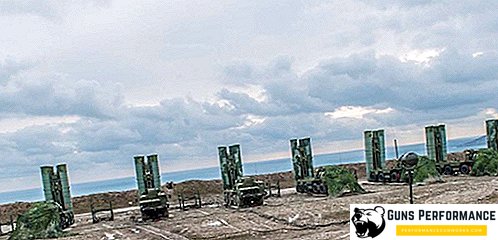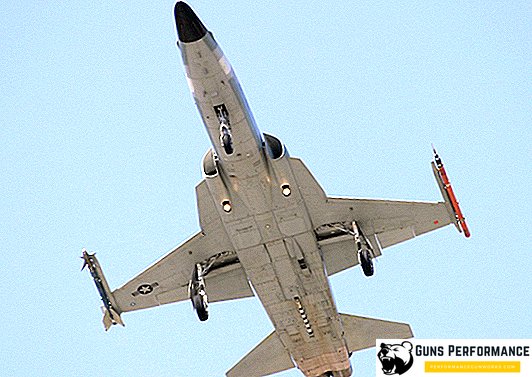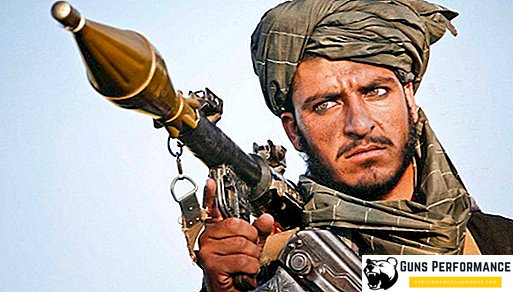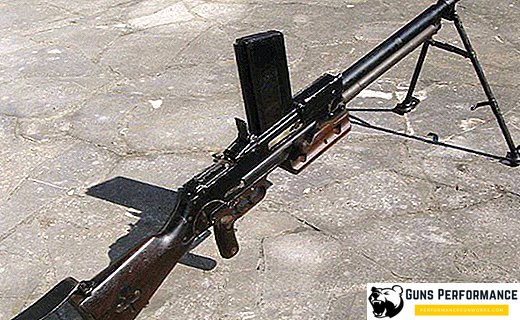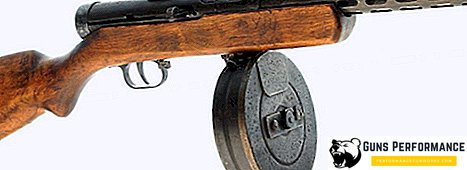Today, on television and on the Internet, a lot of news is devoted to Ukraine. In the news stories now and then the word sounds "Bandera".
Who are they and what are they doing in Ukraine? If you look for the answer yourself, without the help of knowledgeable people, you can stumble upon completely incorrect descriptions of these people. To answer this question, you have to go back in time.
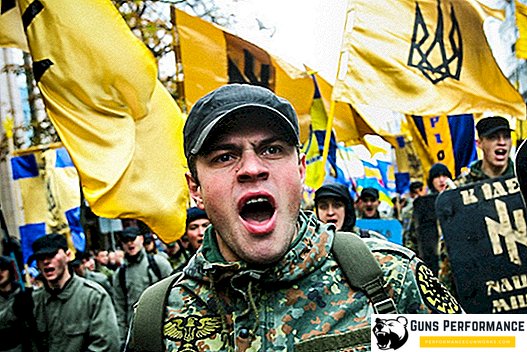
Where did Bandera come from?
The collective name "Bandera" was formed from the surname of one of the leaders, who actively promoted Ukrainian nationalism. Stepan Bandera was so eager to free his nation from the "non-Ukrainians", that he cruelly dealt with everyone who had other roots. The main excuse for him was that he was striving as soon as possible to get the complete freedom and independence of the country from the influence of other states and peoples.
Accordingly, today Bandera called those who share the ideology of Bandera, wants to cleanse Ukraine of ethnically "unclean". Bandera appeared during the Great Patriotic War, but now it is experiencing a second revival.
The life of Stepan Bandera
Bandera himself was not a purebred Ukrainian. He was born in the family of a priest who had Greek roots. My father taught children a lot, tried to give them his worldview. Perhaps then Stepan absorbed from his father the first portion of nationalism, which later grew into hatred. In addition, the First World War also left an indelible mark on the psyche of a very young man.
While still a high school student, Bandera began to show nationalistic inclinations. He led the youth movement in Western Ukraine, trying by any means to achieve its independence. It is worth noting that Bandera was not afraid to use even the most dangerous means - for example, terrorism.

As an undergraduate student, Bandera joined the Ukrainian military organization, the activities of which he continued after graduation from school. In some cities, especially in Lviv, Stepan was considered an idol. There was also created the OUN - the Organization of Ukrainian Nationalists. Was even developed a special uniform Bandera.
In those days, the nationalists sent a lot of power, fighting with their political opponents, so Bandera already had several political victims. For one of these crimes, the murderer was sentenced to death, but then he was commuted to life imprisonment - but he was not even able to serve this sentence. During the German occupation of Poland, all nationalists were released, including Bandera. It happened in 1939, just at the start of the Second World War.
The main enemy of the people of Ukraine Bandera considered the Soviet Union. But at the same time, he believed that Germany would not help Ukrainian nationalists achieve independence. In fact, this is what happened: in 1941, Stepan was taken into custody in Germany, since the Nazis had completely different plans for Ukraine. In conclusion, he spent 3 years.

After the liberation, Bandera remained living in fascist Germany and created an overseas branch of the OUN. His activity was very invisible, he tried not to attract attention and walked with guards until the end of his life. However, he still did not manage to escape the attempt: in 1959 he was killed by KGB agent B. Stashinsky.
After the death of Bandera left the family. His followers have kept faith in their leader and loyalty to their ideology, adding their brutal innovations to it. They committed many more murders on the territory of Ukraine and Belarus, hiding behind the ideas of Bandera.
Activities during the Second World War and after
While the Bandera leader was in Germany, his followers were active in Ukraine and fought first against the Polish occupation, and then switched to the Red Army and Soviet power. It was then that the UPA, the “Ukrainian Insurgent Army,” was created, whose enemies were all who were not Ukrainians. All the "extra" had to be eliminated by any means.
One of the ardent fans of this doctrine was Roman Shukhevych. Under his leadership, many families of Polish origin were killed. These times are remembered as the bloodiest in the history of the region. The Belarusian village of Khatyn was simply wiped off the face of the earth. People of all ages were not just killed, but tortured before striking a fatal blow.
Standoff
Undoubtedly, the nationalist movement had its enemies. After all, Bandera did not just kill people of other nationalities. It came to a terrible absurdity: they cut out whole families if they were loyal to the Russians and did not support the ideology of the radicals. People lived in fear, and it was impossible to defend themselves. At that time, the Soviet Union sent workers of the NKGB and the NKVD to Ukraine. Work was carried out with the population, "fighter squads" were created. Everyone who wanted to help in the elimination of gangs, took part in the battles. In the end, good whitened: the last underground groups of the OUN-UPA were mercilessly defeated in the mid-fifties. Only then did attacks on civilians cease.
Who are Bandera in Ukraine today

In modern Ukraine, the Bandera movement has begun to revive again. Young people are most affected by this radical ideology. However, not everyone is familiar with history and does not know how much trouble this too ardent nationalism has brought to the country where today's Bandera people live. The older generation does not particularly support them and regrets that they have not once destroyed all the followers of Bandera to the last.
Today in Ukraine, the leader’s birthday is celebrated brightly: parades are collected, participants carry portraits of the leaders of the movement and light torches. The holiday rolls around the city, but not all residents like fanaticism towards Stepan Bandera and the red and black flag of Bandera.
Today's Bandera-the most active fighters for the freedom of Ukraine and ardent opponents of the Russian. If you enter the query "Bandera photos" on the Internet, you can see that they are mostly unremarkable young people, except for the national symbols. Red-black banners, national flags unfurl in the parades, banners with slogans are carried. Stepan Bandera for them - the main idol, he set the monuments, dedicate songs.

However, it is not necessary to refer all Ukrainians to this direction. Most people in the country are not at all happy with what is happening inside Ukraine. Fortunately, such incidents, which occurred during the life of Stepan Bandera and other leaders of the movement, are not repeated. Although today there are a lot of scary stories about how Bandera are brutal in Ukraine, you should not believe everything, because the whole truth about Bandera can be learned only by visiting the country.



